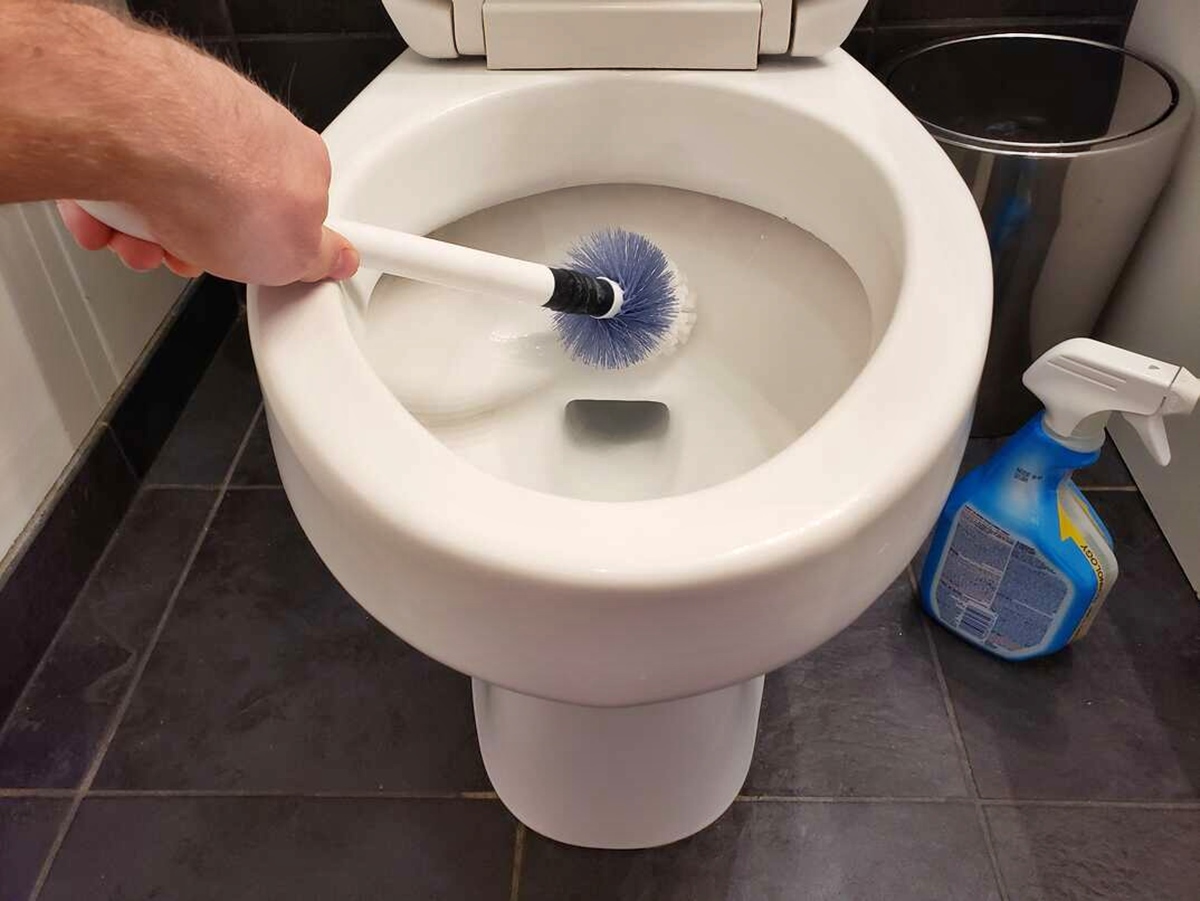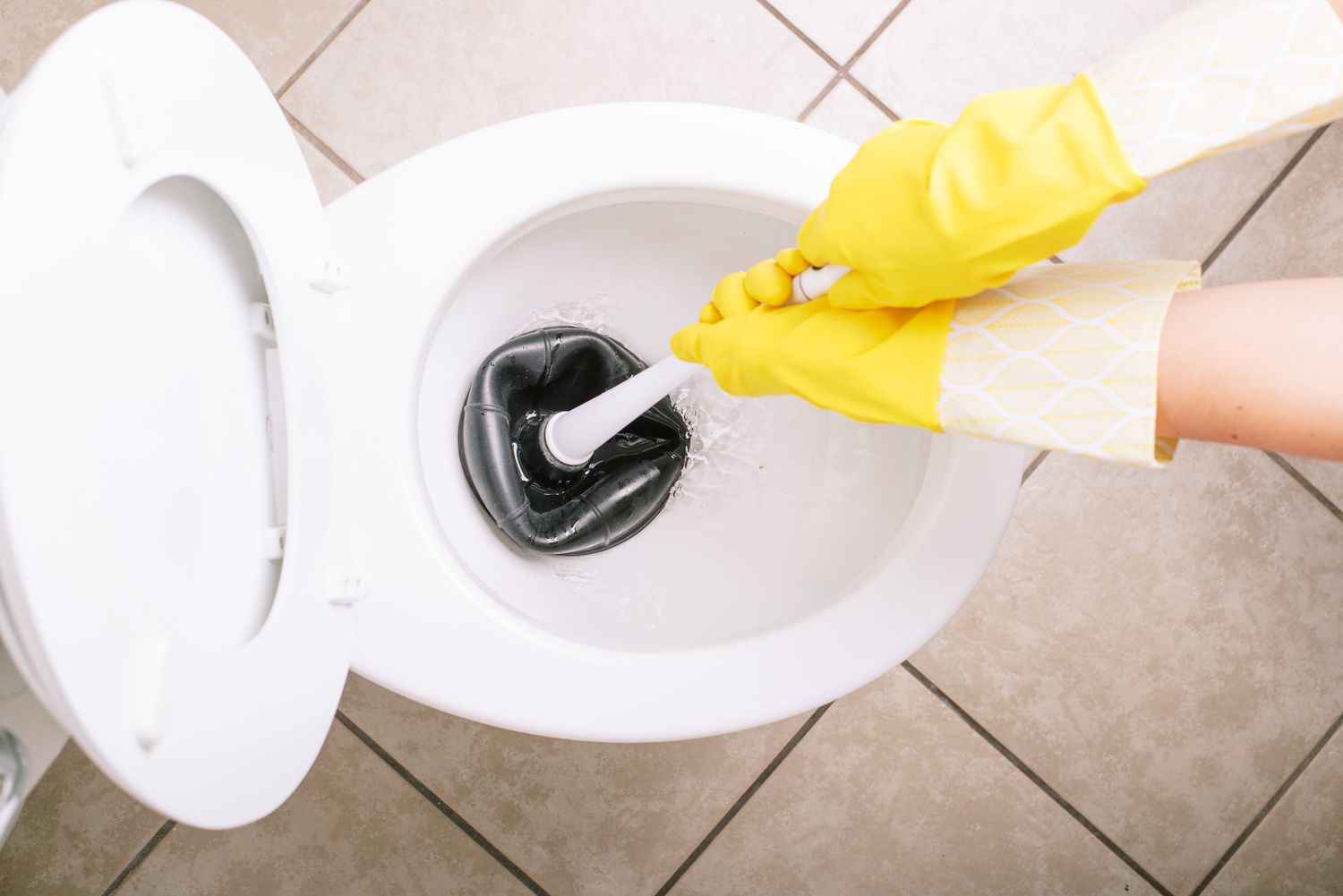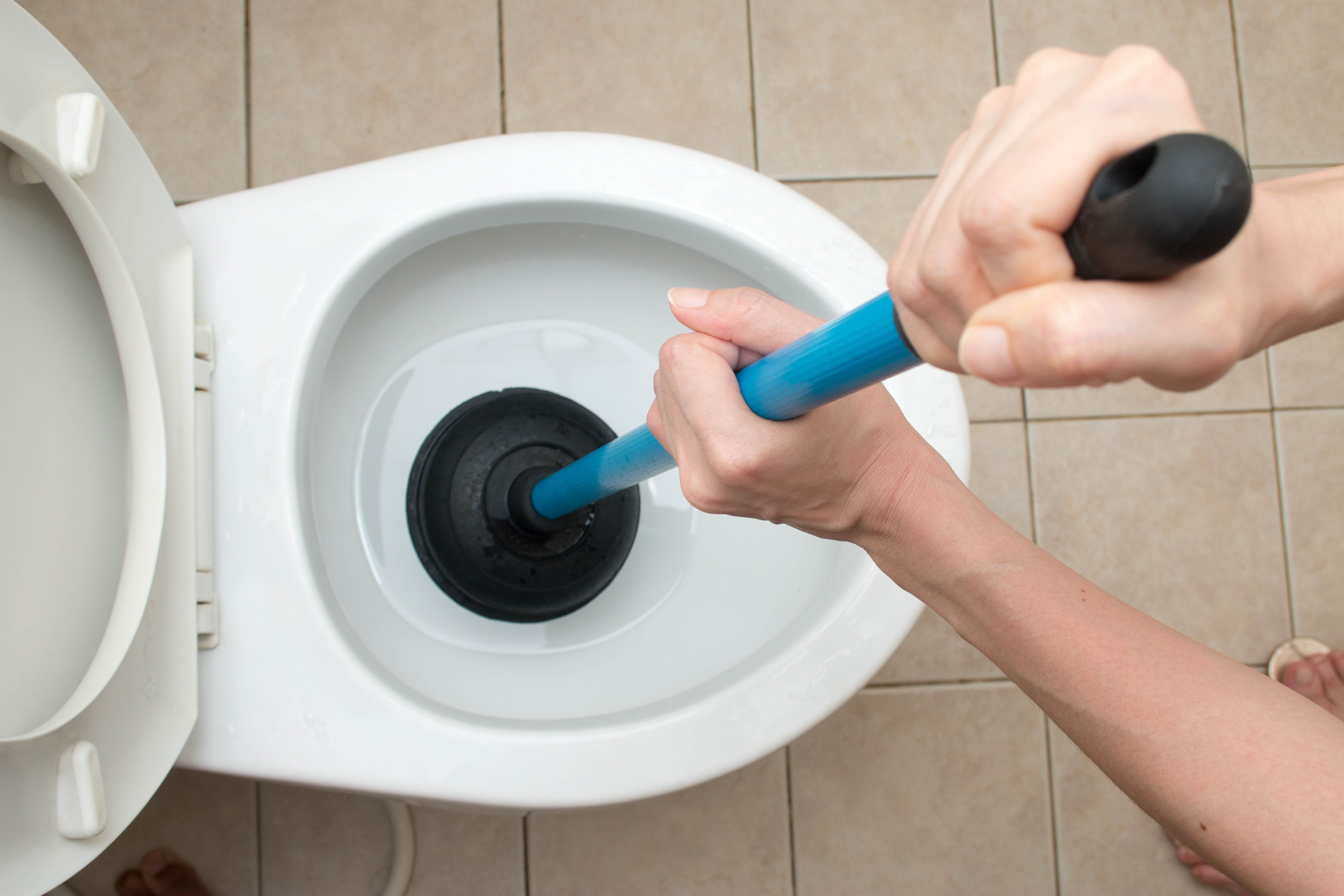How To Empty Toilet Of Water

While seemingly simple, effectively removing water from a toilet is a crucial skill for any homeowner, HVAC technician, or facility manager. This task arises in numerous situations, from performing routine maintenance and repairs to dealing with overflows and preparing for freezing temperatures. Mastering these techniques can save time, prevent damage, and ensure the continued functionality of your plumbing system.
Methods for Emptying a Toilet Bowl
Several methods exist for emptying a toilet bowl, each with its own advantages and disadvantages. The best approach depends on the specific situation and the tools available.
Using a Plunger
The most common and readily available tool for dealing with excess water in a toilet bowl is the plunger. While typically used for clearing clogs, a plunger can also effectively remove water. Here's how:
- Preparation: Ensure there is enough water in the bowl to cover the cup of the plunger. If necessary, add water. A flange plunger, designed specifically for toilets, is generally more effective than a cup plunger.
- Placement: Position the plunger cup over the drain opening, ensuring a complete seal.
- Action: Push and pull the plunger up and down with a steady, forceful motion. Avoid splashing. The goal is to create pressure that either dislodges a clog or forces the water out of the bowl.
- Repeat: Continue plunging for several minutes. Check the water level periodically. If the water level is decreasing, you are likely making progress. If not, consider trying a different method.
Note: If the toilet is overflowing, it is crucial to turn off the water supply valve located behind the toilet before attempting to plunge. This will prevent further water from entering the bowl.
Employing a Wet/Dry Vacuum
A wet/dry vacuum offers a more efficient and often faster method for emptying a toilet bowl, particularly when dealing with large amounts of water or when a plunger proves ineffective. Here’s the procedure:
- Preparation: Ensure the wet/dry vacuum is clean and equipped with the appropriate filter for liquid removal. Empty the vacuum canister before starting.
- Insertion: Carefully insert the vacuum hose into the toilet bowl, ensuring the hose opening is submerged in the water.
- Activation: Turn on the vacuum and allow it to draw the water out of the bowl. Monitor the water level and the vacuum canister.
- Disposal: Once the bowl is empty, turn off the vacuum and carefully dispose of the collected water according to local regulations. Typically, this water can be poured down another drain (e.g., a utility sink or bathtub drain).
- Cleaning: Clean the vacuum hose and canister thoroughly after use to prevent the growth of mold and bacteria.
Caution: Always disconnect the vacuum from the power outlet before emptying the canister or cleaning the hose. Avoid vacuuming solid objects or debris that could damage the vacuum.
Siphoning with a Hose
Siphoning provides a simple and effective method for emptying a toilet bowl using basic materials. This method relies on gravity and atmospheric pressure to transfer water from the toilet bowl to a lower point.
- Materials: You will need a length of flexible hose (garden hose or similar) long enough to reach from the toilet bowl to a lower drainage point (e.g., a nearby sink, bathtub, or outdoor drain).
- Preparation: Fill the hose completely with water. This can be done by holding one end under a running tap until all air bubbles are eliminated.
- Placement: While keeping both ends of the hose plugged with your thumbs (or using caps), carefully place one end of the filled hose into the toilet bowl, ensuring it is submerged below the water level.
- Initiation: Quickly place the other end of the hose into the lower drainage point. Release both ends of the hose simultaneously. The water should begin to flow from the toilet bowl, through the hose, and into the lower drain.
- Monitoring: Monitor the flow of water. If the siphoning action stops, check for air bubbles in the hose. If air bubbles are present, repeat the filling process.
Tip: For optimal siphoning, ensure the drainage point is significantly lower than the toilet bowl. This creates a greater pressure differential, resulting in a faster and more efficient flow.
Using a Sponge or Towels
In situations where other methods are not feasible or available, a sponge or towels can be used to manually remove water from a toilet bowl. This method is more labor-intensive but can be useful for removing the last bit of water or for small amounts of overflow.
- Preparation: Gather several absorbent sponges or towels.
- Absorption: Dip a sponge or towel into the water, allowing it to soak up as much water as possible.
- Extraction: Carefully lift the saturated sponge or towel out of the bowl, avoiding spills.
- Disposal: Wring out the water into a suitable container (bucket, sink, etc.).
- Repeat: Repeat steps 2-4 until the toilet bowl is sufficiently empty.
Considerations: This method can be messy and time-consuming. Wear gloves to protect your hands and be prepared for some splashing. Ensure the sponges or towels are thoroughly cleaned after use.
Special Considerations for HVAC Technicians and Facility Managers
HVAC technicians and facility managers often encounter situations requiring them to empty multiple toilets in a building, potentially in preparation for plumbing work, winterization, or addressing water damage. In these cases, efficiency and speed are paramount.
Here are some additional considerations:
- Bulk Removal: For large-scale water removal, consider using a heavy-duty submersible pump designed for draining tanks and pools. These pumps can quickly remove significant volumes of water. Ensure the pump is properly grounded and rated for the type of water being pumped.
- Preventative Measures: When winterizing a building, it is crucial to completely remove all water from toilets to prevent freezing and potential pipe damage. In addition to emptying the bowl, consider adding plumbing antifreeze to the toilet tank and trap to provide further protection.
- Documentation: Maintain records of any plumbing work performed, including water removal, as part of the building's maintenance log. This documentation can be valuable for future repairs and troubleshooting.
- Safety: Always prioritize safety when working with plumbing systems. Wear appropriate personal protective equipment (PPE), such as gloves, eye protection, and waterproof boots. Be aware of potential slip hazards and electrical hazards.
Best Practices for Preventing Toilet Overflows
While knowing how to empty a toilet bowl is important, preventing overflows in the first place is even better. Implementing these best practices can significantly reduce the likelihood of water removal becoming necessary:
- Proper Flushing Habits: Avoid flushing excessive amounts of toilet paper or other non-flushable items (e.g., diapers, feminine hygiene products).
- Regular Maintenance: Inspect the toilet's components regularly, including the flapper valve, fill valve, and flush chain. Replace worn or damaged parts promptly.
- Water Conservation: Consider installing a low-flow toilet to reduce water consumption and minimize the risk of overflows. Look for models with the WaterSense label, which indicates EPA certification for water efficiency.
- Clog Prevention: Periodically use a toilet auger (also known as a closet auger) to clear any potential clogs in the drainpipe.
- Education: Educate building occupants on proper flushing habits and the importance of avoiding flushing non-flushable items.
Cost Considerations
The cost associated with emptying a toilet bowl is typically minimal, as the primary tools (plunger, hose, sponge) are relatively inexpensive. However, the cost of repairing damage caused by overflowing toilets can be significant. Water damage can lead to mold growth, structural damage, and the need for professional cleaning and restoration services.
Investing in preventative measures, such as regular maintenance and water-efficient toilets, can save money in the long run by reducing the risk of costly repairs and water damage. For example, replacing an old, inefficient toilet with a WaterSense-certified model can save hundreds of gallons of water per year, resulting in lower water bills.
Conclusion
Effectively emptying a toilet bowl is a valuable skill for homeowners, HVAC technicians, and facility managers alike. By understanding the various methods available and implementing preventative measures, you can minimize the risk of overflows, prevent water damage, and ensure the continued functionality of your plumbing system. Whether you are using a simple plunger or a powerful wet/dry vacuum, remember to prioritize safety and follow best practices to achieve optimal results. Remember the importance of understanding HVAC systems in maintaining overall building health, including proper plumbing function. Proactive maintenance and a basic understanding of plumbing principles, alongside your HVAC knowledge, will lead to a more efficient and cost-effective building operation.










